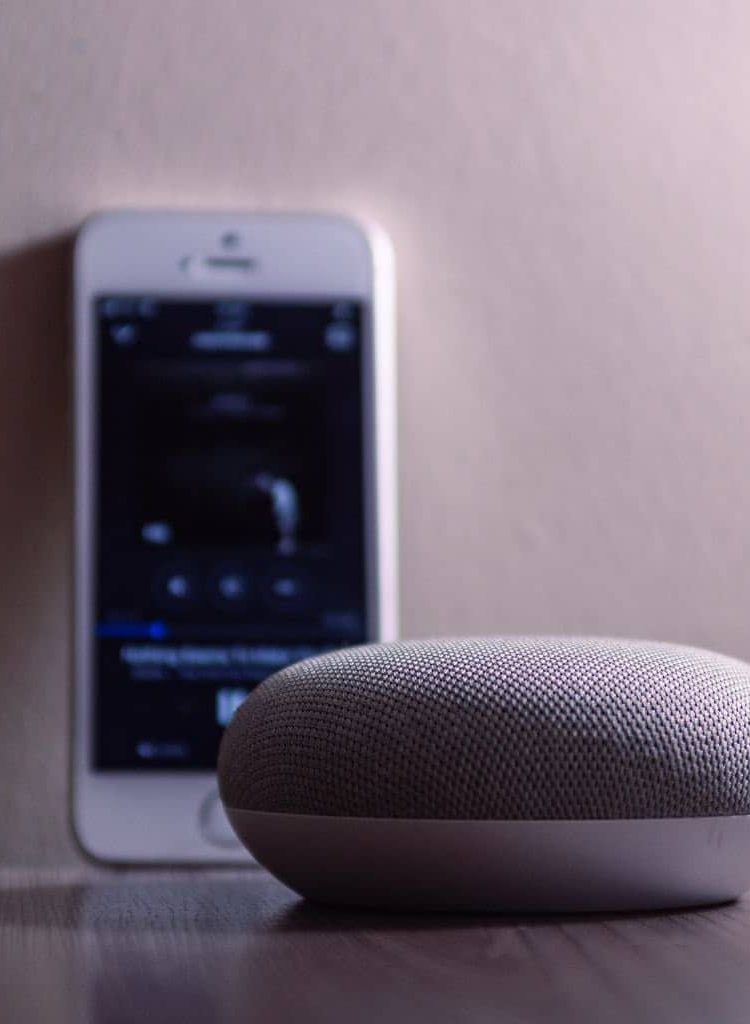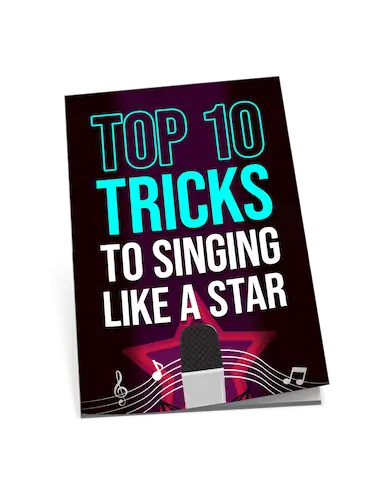Imagine a song stuck in your head, and instead of singing random lyrics to a confused friend, you simply hum to your phone, and voilà, the mystery melody is identified!
Thanks to Google’s clever new feature, Hum to Search, it’s no longer a sci-fi concept but a reality.

This impressive innovation allows users to hum, whistle, or sing for 10-15 seconds, and Google’s AI and machine learning work their magic to identify the tune. Enabling anyone who’s ever suffered the frustration of a persistent earworm, this ensures you never have to play your guess-that-tune game again.
Google's "Hum to Search"
Google has introduced an innovative new feature called “Hum to Search” that allows users to identify songs simply by humming, whistling, or singing the melody.
This groundbreaking technology utilizes machine learning algorithms to analyze the user’s audio input and match it with a vast database of songs, making it easier than ever to identify that elusive tune stuck in your head.

To use the feature, users can either hum or sing the melody directly into the Google app or search widget. Within seconds, the algorithm will provide a list of potential matches along with information about the song, artist, and lyrics.
The “Hum to Search” feature is a testament to Google’s ongoing commitment to making search more intuitive, user-friendly, and accessible to everyone, regardless of their musical abilities or knowledge. With this new tool, users no longer need to remember song titles or lyrics to find the music they love, opening up a world of musical discovery and exploration at the hum of a tune.
YouTube Embraces Google's "Hum to Search":
Seamless Music Discovery Within Videos
Google’s “Hum to Search” feature has now been integrated into YouTube, further expanding its reach and usefulness for music enthusiasts and casual listeners alike. With this integration, users can now quickly identify songs playing in YouTube videos by simply humming or singing the melody without having to leave the platform or disrupt their viewing experience.

This seamless integration allows users to quickly access information about the song, artist, and even the specific moment in the video where the tune appears, enhancing their overall YouTube experience and making it easier to discover and engage with new music.
The addition of “Hum to Search” to YouTube is a natural extension of Google’s efforts to create a more interconnected and user-friendly ecosystem where information and entertainment are just a hum away.
As the feature continues to evolve and improve, it has the potential to transform the way people interact with music on YouTube, fostering a more immersive, interactive, and personalized viewing experience.
How Machine Learning Empowers Google's "Hum to Search" Melody Matching

At the heart of Google’s “Hum to Search” feature lies a sophisticated melody-matching technology powered by machine learning.
This cutting-edge system is designed to analyze and recognize the unique characteristics of a user’s hummed, whistled, or sung melody, breaking it down into its fundamental components, such as pitch, tempo, and rhythm.
By comparing these components to a vast database of known songs, the machine learning algorithm can quickly identify the closest matches, even if the user’s input is not perfectly accurate or complete.
The more people use the feature, the more data the system has to learn from, allowing it to continuously improve its accuracy and expand its knowledge base over time.
This self-learning aspect of the technology ensures that “Hum to Search” will only become more efficient and reliable as it grows in popularity, revolutionizing the way people discover and connect with music.
Google's Inclusive Approach to Music Discovery for the Tone-Deaf
Google’s “Hum to Search” feature has been designed with accessibility in mind, ensuring that even the tone-deaf can benefit from its music discovery capabilities.

The machine learning algorithm behind the feature is trained to recognize and match melodies based on their fundamental components rather than relying solely on perfect pitch or vocal accuracy. This means that users who may struggle to sing or hum in tune can still use the feature effectively, as the system is able to identify the closest matches based on the overall shape and structure of the melody.
Melody Matching for Both Android and iOS Users
Google’s “Hum to Search” feature is now available on both Android and iOS devices, making it accessible to a wide range of users across different mobile platforms.
Android users can access the feature directly through the Google app or the Google Search widget, while iOS users can find it within the Google app or the Google Assistant.
This cross-platform availability ensures that users can easily use the “Hum to Search” functionality to identify songs and discover new music regardless of the type of smartphone or tablet they own.
By making the feature available on both major mobile operating systems, Google is demonstrating its commitment to providing a seamless and consistent user experience across devices, further cementing its position as a leader in mobile search and music discovery.


From Hums to Hits:
Google's "Hum to Search" Revolutionizes Music Discovery for Everyone
Google’s “Hum to Search” feature represents a significant leap forward in the world of music discovery, harnessing the power of machine learning to make identifying songs more accessible and intuitive than ever before.
By allowing users to search for music simply by humming, whistling, or singing a melody, Google has democratized the process of finding songs, ensuring that even those who are tone-deaf can participate in the joy of musical exploration.

The feature’s integration with YouTube and its availability on both Android and iOS devices further demonstrate Google’s commitment to providing a seamless and inclusive user experience across platforms.
As “Hum to Search” continues to evolve and improve, it has the potential to revolutionize the way we interact with music, making it easier than ever to discover new songs, rediscover old favorites, and connect with the soundtracks of our lives.











Fascinating development in music technology. It’s not only the convenience of identifying a song through humming that impresses me, but the underlying technology. The use of machine learning for melody matching hints at broader applications for music theory and education. Would love to see how this evolves. Hats off to Google and their innovative venture. Robert Emery, a thought: could this be the beginning of a new era in music pedagogy?
Just tried humming to find a song stuck in my head for days, and boom, Google nailed it! Crazy good tech!
Saw this new humming feature rolled out on YouTube. Pretty nifty! Does anyone know how it fares with really obscure tracks? Or is it more mainstream hits it’s identifying?
Hey SuzieQ, it’s surprisingly good with lesser-known tracks. The machine learning algorithm learns from each search, getting better over time.